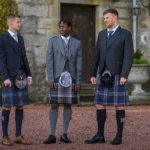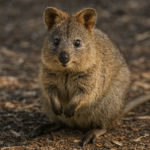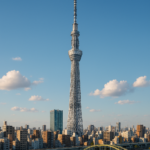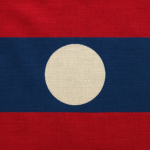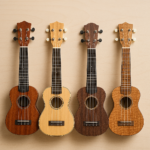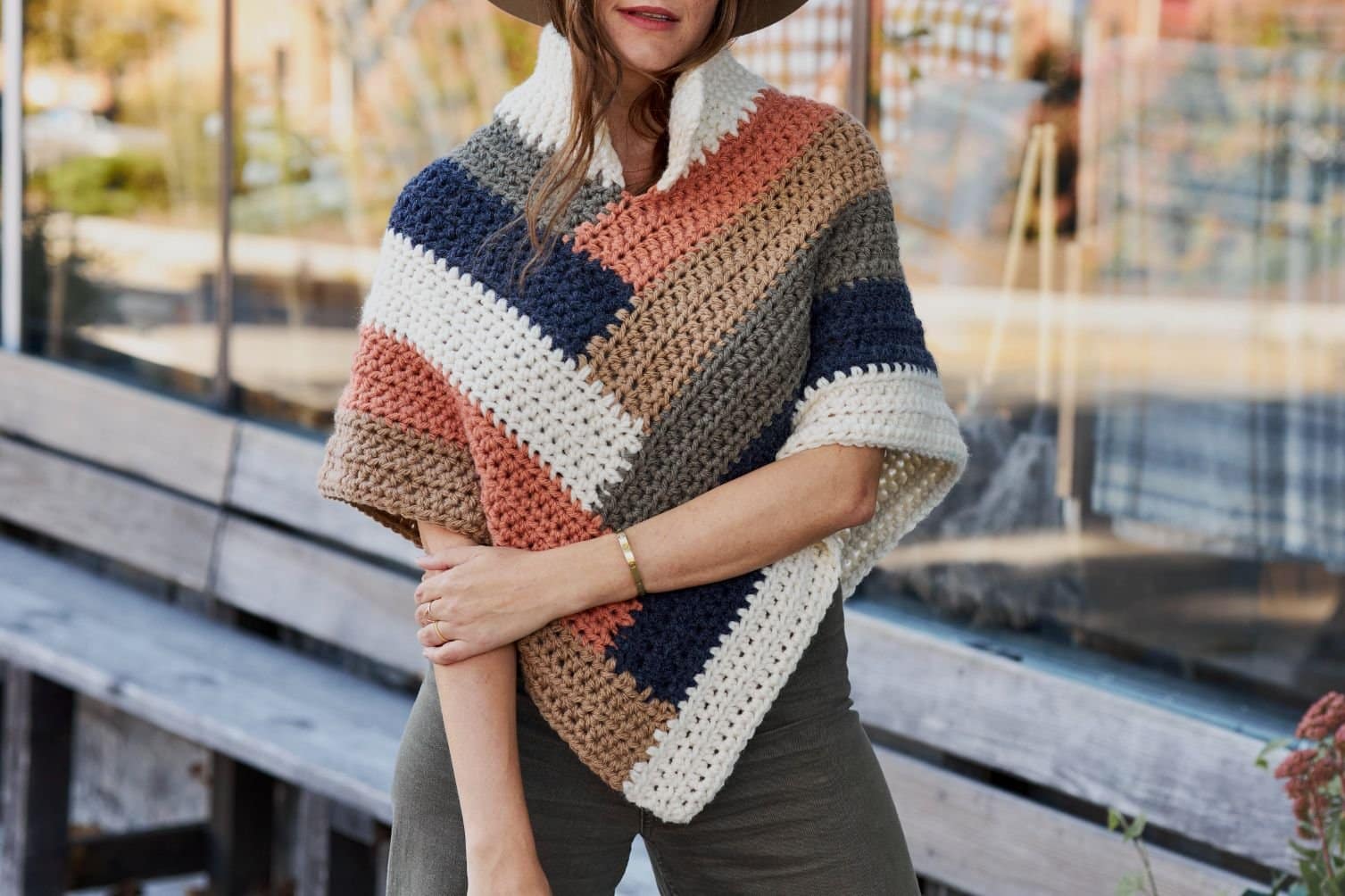
Ponchos, with their roots deeply embedded in the vibrant tapestry of South American cultures, have evolved from humble garments worn by indigenous communities to iconic symbols of tradition and style. From the ancient weaving techniques of the Andean peoples to their adoption in global fashion, ponchos have traversed time, becoming more than just practical clothing items. This journey encompasses historical tales, cultural expressions, and even diplomatic gestures. In this exploration, we delve into 25 intriguing facts and details about ponchos, unveiling the rich history, diverse uses, and the lasting impact of these distinctive and cherished garments.
Origin and Early Use:
Ponchos have a rich history rooted in the indigenous cultures of the Andes mountains in South America. These versatile garments were initially crafted by skilled weavers using locally available materials such as wool, alpaca, and vicuña. Their creation served both practical and cultural purposes, providing protection against the harsh mountain climates while also embodying the artistic expressions of the communities that crafted them.
Ancient Roots:
The use of ponchos dates back over a millennium, with archaeological evidence suggesting their presence among the Moche civilization around 300 AD. These early ponchos were likely simple in design but laid the foundation for the intricate and symbolic patterns that would later become a hallmark of Andean weaving traditions.
Spanish Influence:
The term “poncho” itself is a linguistic blend of cultures, derived from the Spanish word “pontius,” which referred to a type of cape. The adoption of this term highlights the cultural interplay between the Spanish colonizers and the indigenous people, as traditional garments began to take on new names and meanings.
Iconic Garment:
Over time, the poncho evolved into a symbol of Andean identity, worn proudly by individuals within specific cultural groups. The designs on these garments often hold deep cultural significance, representing the weaver’s community, familial ties, or even spiritual beliefs. Ponchos, thus, became a visual language expressing the rich tapestry of Andean cultures.
Materials:
Traditional ponchos were crafted from a variety of materials, each carrying its unique qualities. While wool provided warmth, alpaca fibers added softness, and vicuña wool contributed to luxurious textures. The choice of material depended on the resources available in the region, showcasing the resourcefulness of these communities.
Weaving Techniques:
The art of weaving ponchos is a skill passed down through generations, with intricate techniques that vary among different communities. Handweaving involves a meticulous process, often taking months to complete, showcasing the weaver’s dedication to preserving cultural traditions and producing high-quality garments.
Cultural Significance:
Ponchos are not mere articles of clothing; they are woven narratives reflecting the cultural identity of the wearers. The patterns and colors of a poncho can denote a person’s origin, social status, or even spiritual beliefs. In this way, ponchos serve as wearable canvases that tell the stories of the diverse communities across the Andean region.
Global Adoption:
During the 19th century, ponchos transcended their cultural origins and gained popularity in Western fashion circles. As explorers and adventurers brought these unique garments to a global audience, ponchos became associated with a rugged and adventurous spirit, fostering a fascination with the exotic and unknown.
Military Usage:
The practicality of ponchos did not go unnoticed by the military. Their design, providing ample coverage for the upper body and often featuring a slit for the head, made them ideal rain gear. Military ponchos became standard issue, offering protection against the elements while maintaining a connection to the garment’s cultural roots.
Rain Protection:
One of the notable features of ponchos is their effectiveness as rain gear. The design, with a central opening for the head, allows wearers to easily drape the garment over themselves, providing quick and comprehensive coverage during sudden downpours. This adaptability to diverse weather conditions further solidified the poncho’s practicality and popularity, both historically and in contemporary settings.
Pancho Villa:
The iconic image of the Mexican revolutionary leader Pancho Villa draped in a poncho has become synonymous with the historical and cultural significance of these garments. Villa’s choice to wear a poncho was not only a practical decision to shield himself from the elements during his military campaigns but also a symbolic representation of his connection to the indigenous culture of Mexico. His adoption of the poncho as a part of his attire has immortalized this garment in the annals of history and popular culture.
Pop Culture:
Ponchos have left an indelible mark on popular culture, particularly in the realm of Western films and television. Often depicted as standard attire for cowboys and frontiersmen, ponchos became a visual shorthand for rugged individualism and adventure. This portrayal in media contributed to the widespread recognition and appreciation of ponchos beyond their cultural and historical roots.
Fashion Evolution:
While traditional ponchos maintain their cultural significance, the fashion world has embraced and transformed them into stylish outerwear. Designers incorporate various fabrics, colors, and patterns, reinterpreting the classic poncho silhouette to fit contemporary tastes. This fusion of tradition and modernity has introduced a new generation to the allure of ponchos.
Design Variations:
Ponchos come in an array of designs, ranging from simple rectangular shapes to more complex forms with openings for the head. Different regions and cultural groups have distinctive styles, and the versatility of the poncho design allows for creative interpretations that suit both traditional and modern aesthetics.
Celebrities and Ponchos:
Ponchos have made appearances on red carpets and in the wardrobes of celebrities, bridging the gap between cultural heritage and high fashion. Famous individuals sporting ponchos contribute to their periodic resurgence in fashion trends, as the garment becomes not just a practical choice but a stylish and iconic accessory.
Record Size:
While specific records regarding the largest poncho may vary, there have been instances where communities or artists create oversized ponchos for special events or festivals. These larger-than-life garments serve as both artistic expressions and records of the craftsmanship achievable within the realm of traditional weaving.
High-Altitude Poncho Wear:
Ponchos are not only fashion items but also practical garments for high-altitude regions. Mountaineers and explorers have adopted ponchos for their warmth and protection against the elements, emphasizing the adaptability of this traditional garment to extreme conditions.
Mass Production:
With the globalization of fashion, ponchos have been both handmade by traditional artisans and mass-produced in factories. This dichotomy in production methods has led to variations in quality and design, influencing the accessibility of ponchos to a wider audience.
Poncho Festivals:
Some regions celebrate festivals dedicated to ponchos, creating vibrant events that showcase the cultural importance of these garments. These festivals often include traditional dances, music, and exhibitions of handwoven ponchos, reinforcing the community’s pride in their textile heritage.
Fiber Length:
The length of the fibers used in ponchos significantly affects the texture and durability of the garment. Different animals produce fibers of varying lengths, influencing the softness, warmth, and overall quality of the poncho. This attention to detail in material selection contributes to the diverse range of ponchos available in the market.
Economic Impact:
The production and sale of ponchos play a significant role in the economies of regions where they are traditionally made. For many communities, weaving ponchos is not just a cultural practice but also a source of livelihood. The economic impact extends beyond individual artisans, contributing to local businesses and markets, creating a sustainable ecosystem centered around the production and trade of these traditional garments.
Poncho Diplomacy:
Ponchos have served as diplomatic gifts between nations, fostering cultural exchanges and symbolizing the ties between different countries. The act of gifting ponchos reflects a shared appreciation for craftsmanship and cultural heritage, transcending political boundaries and fostering a sense of goodwill between nations.
Designer Ponchos:
High-end fashion designers have recognized the timeless appeal of ponchos, incorporating them into their collections. These designer ponchos often feature luxurious materials, intricate designs, and innovative interpretations of the traditional garment. The collaboration between traditional craftsmanship and high fashion introduces ponchos to new audiences and elevates them to the status of wearable art.
Environmental Impact:
As environmental awareness grows, there is a rising trend toward using sustainable and eco-friendly materials in poncho production. Artisans and manufacturers are increasingly mindful of the ecological footprint of their creations, opting for materials that have minimal impact on the environment. This shift reflects a broader commitment to responsible and ethical practices within the fashion industry.
Global Trends:
The cultural and historical significance of ponchos, combined with their practicality and versatility, has led to a global appreciation and adoption of this traditional garment. Beyond their South American roots, ponchos have become a fashion staple worldwide, embraced by individuals seeking a unique and culturally rich addition to their wardrobes. The global popularity of ponchos underscores their enduring appeal and ability to transcend cultural boundaries.
Poncho FAQs
Ponchos are versatile garments with a rich history. Here are some commonly asked questions to quench your poncho curiosity:
What is a poncho?
A poncho is a loose-fitting outer garment resembling a large piece of fabric with a center opening for the head. Traditionally made of woven cloth, ponchos can be sleeveless or have armholes. They come in various styles, materials, and lengths, offering warmth, protection from the elements, or simply a stylish flair.
What are the different types of ponchos?
- Classic Poncho: This is the most basic design, a large square or rectangular piece of fabric with a head opening. It can be made from various materials like wool, cotton, or synthetic fabrics.
- Hooded Poncho: As the name suggests, this poncho has a hood attached, offering additional protection from rain, wind, or cold.
- Ruana Poncho: This type of poncho is typically shorter and features a central slit instead of a head opening. It’s often worn draped over the shoulders.
- Water-resistant Poncho: Made from waterproof materials like nylon or PVC, these ponchos are ideal for rain protection. They often come in a packable design, making them convenient to carry.
- Fashion Poncho: These ponchos prioritize style over functionality. Made from a variety of fabrics and adorned with embellishments, they add a unique touch to an outfit.
What are the benefits of wearing a poncho?
- Versatility: Ponchos can be worn for various purposes, from staying warm to keeping dry in the rain.
- Comfort: The loose-fitting design offers a comfortable and unrestricted range of motion.
- Layering: Ponchos can be layered over other clothing for additional warmth, making them adaptable to different weather conditions.
- Easy to wear: Unlike jackets or coats, ponchos are simple to put on and take off.
- Portability: Some ponchos, particularly rain ponchos, are lightweight and packable, making them convenient to carry around.
What are some things to consider when choosing a poncho?
- Material: Choose a material that suits your needs. Wool or fleece offer warmth, while nylon or PVC provide rain protection. Cotton or linen ponchos are ideal for cooler weather but not necessarily waterproof.
- Style: Consider the purpose of the poncho. Do you need it for warmth, rain protection, or fashion? Choose a style that best suits your needs.
- Length: Ponchos come in various lengths, from hip-length to full-body coverage. Decide how much coverage you desire.
- Features: Some ponchos have added features like hoods, pockets, or snaps at the sides for a more closed fit.
How to care for a poncho?
Caring for your poncho depends on the material. Always follow the manufacturer’s instructions on the care label. Generally, ponchos made from natural fibers like wool may require dry cleaning, while synthetic ponchos might be machine washable.
Where did ponchos originate?
Ponchos originated in South America, with the Inca Empire credited with their development. The Quechua word “punchu” translates to “blanket,” reflecting the poncho’s basic form. Traditionally made from alpaca or vicuña wool, they provided warmth and protection to the people of the Andes.
Are ponchos still popular today?
Yes, ponchos remain popular due to their versatility and comfort. They are a staple in South American cultures and are gaining popularity worldwide as a stylish and functional outerwear option.
